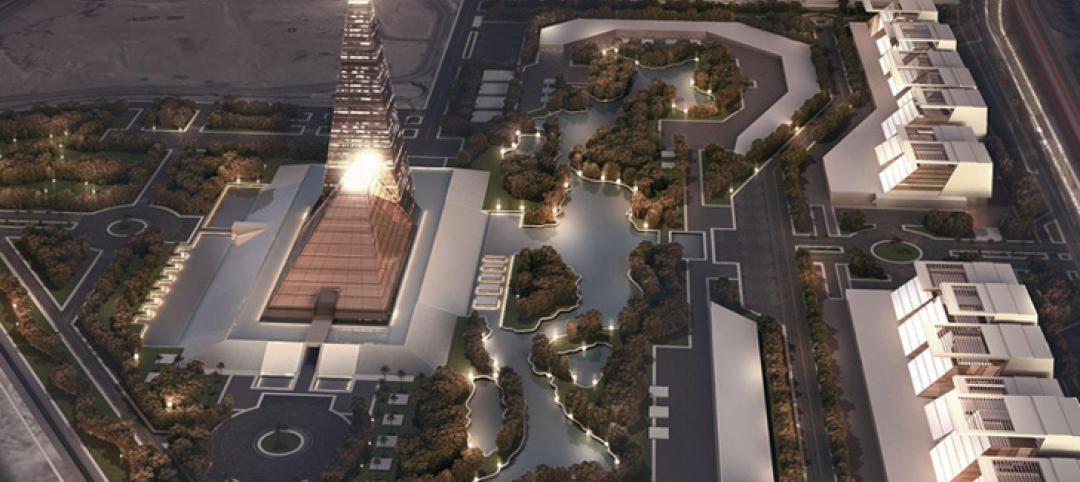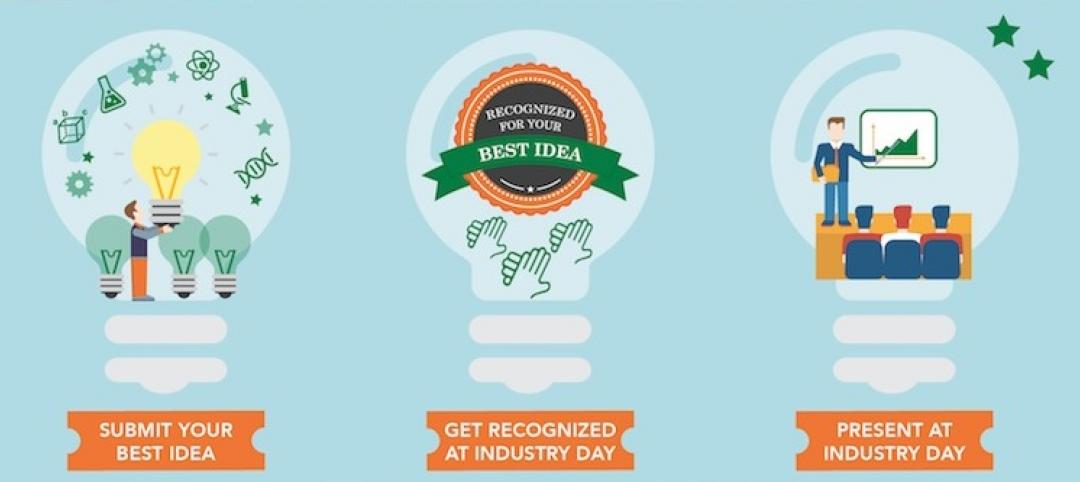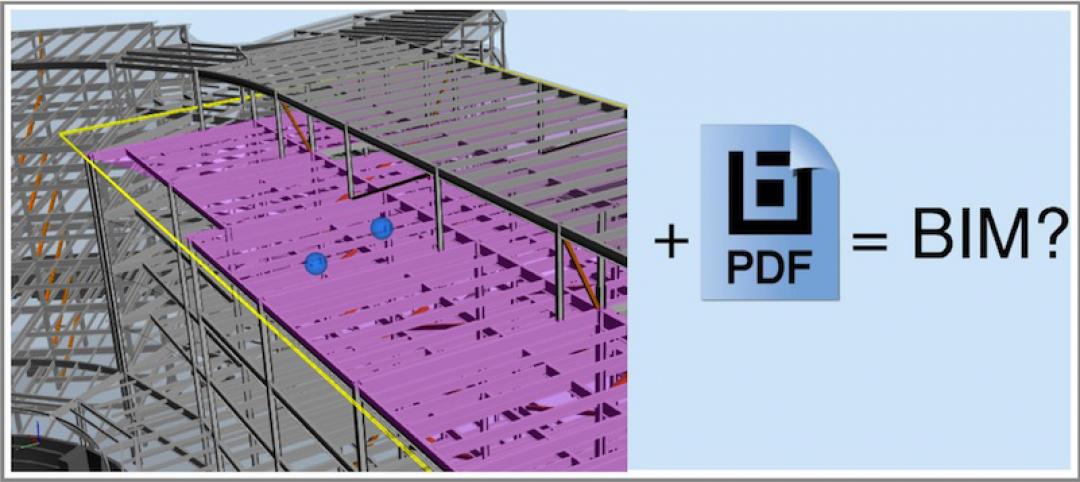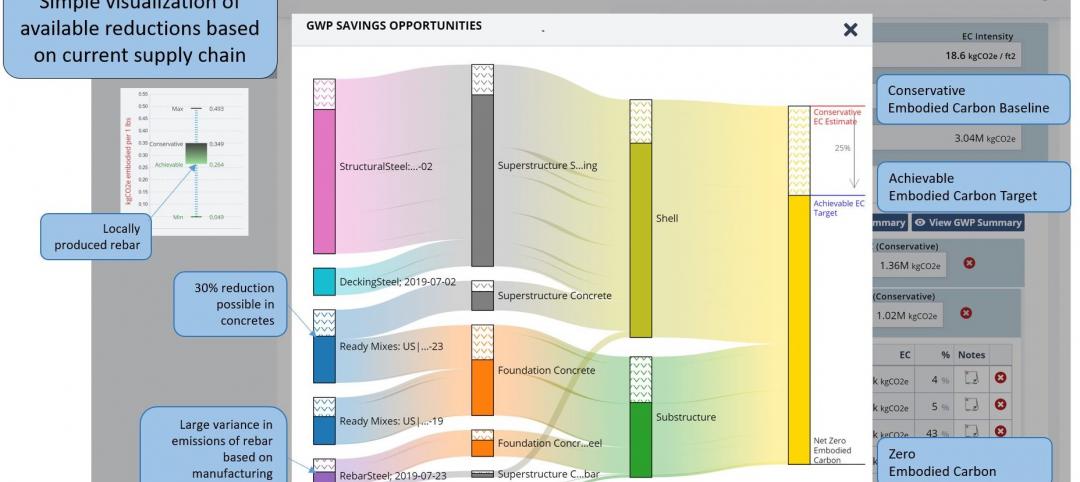By 2050, it is estimated that 70% of the world's population will live in cities. But as society and technology change, so will the urban landscape—and our metropolitan future will be quite different from current cities, according to Fast Company and a panel of design experts.
Across the cultural grid, from food to retail to transportation, America's urban areas are already undergoing a major metamorphosis. Here are the six major trends shaping our cities, from Fast Company:
1. The "sharing economy" will apply to housing, too. The line between public and private spaces will continue to blur as people move into a wider range of spaces with shared kitchens and living rooms, while renting or owning their own bedrooms and bathrooms.
2. Restaurants will double as living rooms. City populations are only getting more densely packed, meaning that living space is at a premium. As homes shrink, restaurants will become not just a place to eat, but needed space for socializing.
3. Your office will look like a library. Every day, it grows easier to work from home. As a result, employees have begun to expect workspaces more comfortable, socially-oriented spaces when they do go into the office, and this is changing how offices are designed.
4. The big-box store will be on the block, but you won't need to go. Big-box retailers such as Walmart and Target are moving into the city, but shopping is slowly booming more automated—so you may simply be able to bring the store home with you.
5. Your health will become a retail product. More healthcare facilities are mimicking retail locations in their style, and health is becoming a consideration for all types of design and building projects.
6. Infrastructure and transportation. Technology will quicken the pace of infrastructure and transportation innovation, making intercity travel faster and safer.
Read the full article at Fast Company.
Related Stories
Hotel Facilities | Mar 4, 2015
Hotel construction pipeline reaches six-year high
After a three-year bottoming formation, the pipeline for hotel construction has posted five consecutive quarters of double-digit year-over-year growth.
BIM and Information Technology | Mar 4, 2015
Why China's CCTV building needed a WiFi retrofit
It took a year-long retrofit to get WiFi transmission issues solved at China's iconic skyscraper.
High-rise Construction | Mar 4, 2015
Must see: Egypt planning 656-foot pyramid skyscraper in Cairo
Zayed Crystal Spark Tower will stand 200 meters tall and will be just a short distance from the pyramids of Giza.
Transit Facilities | Mar 4, 2015
5+design looks to mountains for Chinese transport hub design
The complex, Diamond Hill, will feature sloping rooflines and a mountain-like silhouette inspired by traditional Chinese landscape paintings.
Energy Efficiency | Mar 4, 2015
DOE launches crowdsourcing website for technology innovators
The Oak Ridge National Laboratory launched a new crowdsourcing website called the Buildings Crowdsoucing Community to collect and share ideas by innovators for energy-efficient technologies to use in homes and buildings.
Multifamily Housing | Mar 3, 2015
10 kitchen and bath design trends for 2015
From kitchens made for pet lovers to floating vanities, the nation's top kitchen and bath designers identify what's hot for 2015.
Office Buildings | Mar 3, 2015
Former DuPont lab to be converted into business incubator near UPenn campus
The new Pennovation Center will provide collaborative and research spaces for educators, scientists, students, and the private sector.
Sponsored | BIM and Information Technology | Mar 3, 2015
The great debate: Is 3D PDF really BIM?
You can pull apart buildings, cut through floors, and view simulated animation for assembly instructions all within a PDF.
K-12 Schools | Mar 2, 2015
BD+C special report: What it takes to build 21st-century schools
How the latest design, construction, and teaching concepts are being implemented in the next generation of America’s schools.
Codes and Standards | Mar 2, 2015
Proposed energy standard for data centers, telecom buildings open for public comment
The intent of ASHRAE Standard 90.4P is to create a performance-based approach that would be more flexible and accommodating of innovative change.














